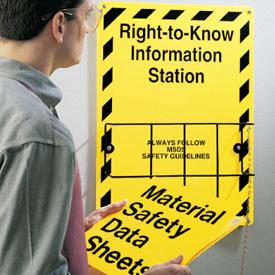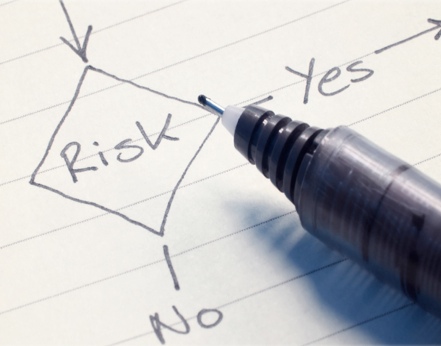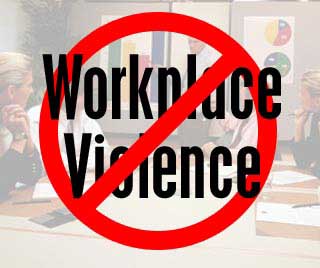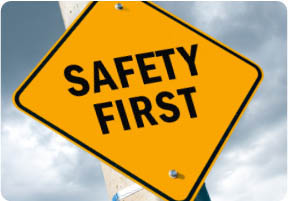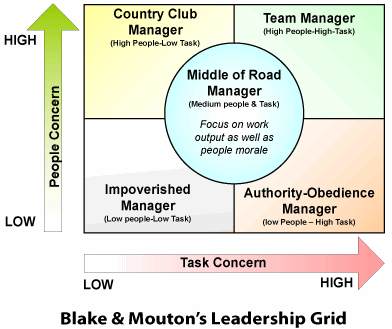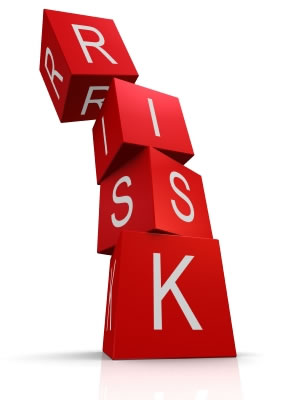Workplace health programs can increase productivity
In general, healthier employees are more productive.
- Healthier employees are less likely to call in sick or use vacation time due to illness
- Companies that support workplace health have a greater percentage of employees at work every day
- Because employee health frequently carries over into better health behavior that impact both the employee and their family (such as nutritious meals cooked at home or increased physical activity with the family), employees may miss less work caring for ill family members as well
- Similarly, workplace health programs can reduce presenteeism — the measurable extent to which health symptoms, conditions, and diseases adversely affect the work productivity of individuals who choose to remain at work
The cost savings of providing a workplace health program can be measured against absenteeism among employees, reduced overtime to cover absent employees, and costs to train replacement employees.
via CDC – Workplace Health – Business Case – Benefits of Health Program – Increase Productivity.


